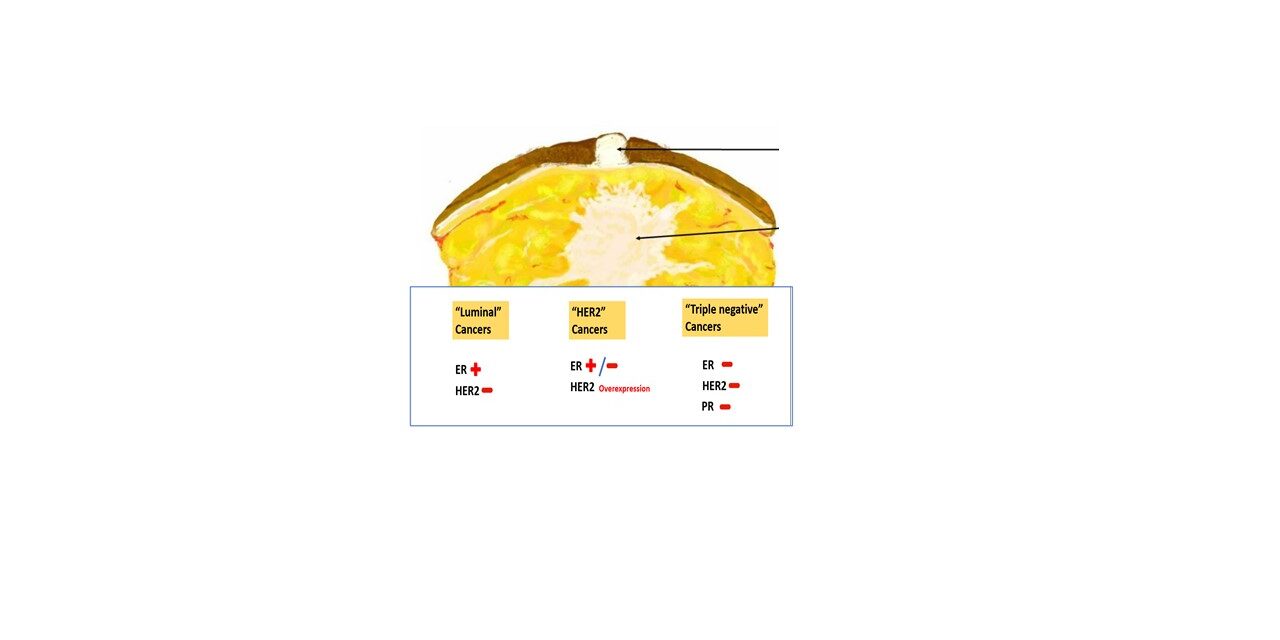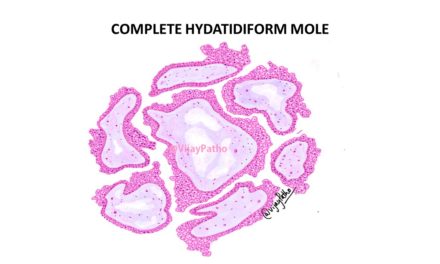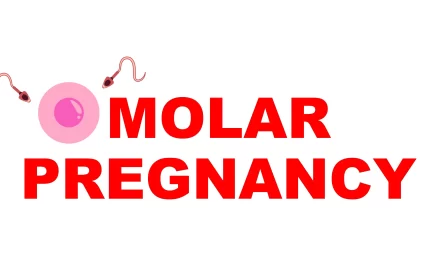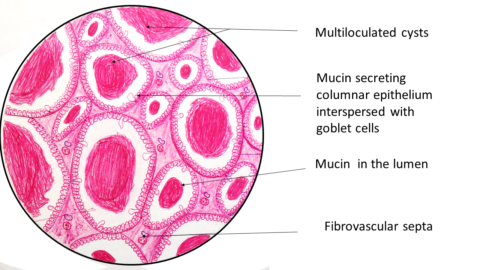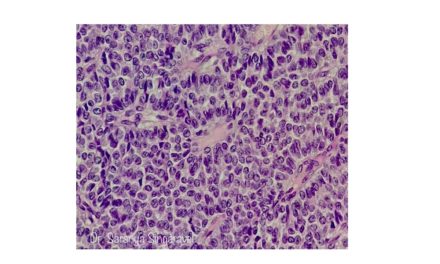Breast Carcinoma: Risk factors, Pathogenesis & Classification
Most common and deadly malignancy of women globally. Four to seven times higher in the United States and Europe than elsewhere. But the worldwide incidence and mortality is increasing at an alarming rate.
Risk Factors
1. Gender: female gender is the strongest breast cancer risk factor. Approximately 0.5-1% of breast cancers occur in men.
2. Age : risk increases with Increasing Age
3. Lifetime exposure to estrogen: increases the risk.Early menarche (<12yrs), late menopause(>55yrs);Nulliparity, late first pregnancy(>35yrs);Absence of breastfeeding & Exogenous hormone therapy increases the lifetime exposure to estrogen.
4. Genetic inheritance: Strong family history increases the risk. Eg- >1 first-degree
relative, young age or multiple cancers
5. Environmental: environmental contaminants, such as organochlorine pesticides and certain plastics may have estrogenic effects. Also high dose radiation exposure incurs increased risk
6. Life style factors :Postmenopausal obesity, alcohol , smoking and physical inactivity all increases the risk.
Molecular grouping/ classification of breast cancers:
All breast cancers can be separated into three major groups defined by the expression of two proteins ER and HER2. These are as illustrated below
a. luminal: ER + & HER2-ve
b. HER2: HER2 is overexpressed. ER +/_
c.“Triple negative” Cancers: ER, PR, HER2 all negative.
These 3 types behave differently as illustrated below.
Pathogenesis:
GENETIC factors play a major role. two most common genes involved are BRCA1 & BRCA2. othere genes inclujde TP53, PTEN & HER2. BRCA1&2 gene mutations are.responsible for 80% to 90% of single gene familial breast cancers and about 3% to 6% of all breast cancers.
these individuals also have higher risk of developing ovarian carcinomas and breast carcinomas are often poorly differentiated.
Breast carcinomas associated with BRCA1 often fall in triple negative breast cancer group whereas cancers with BRCA2 mutation are more often ER-positive than BRCA1.
HORMONAL: Estrogen plays a very important role specially in sporadic cancers. Normally it stimulates the proliferation of breast epithelial cells during puberty, menstrual cycles, and pregnancy by production of various growth factors.(TGF alpha, PDGF, FGF etc.)Patents with presursor lesions ( specially the ones which strongly express ER)upon exposure to estrogen, develop cancer as estrogen drives proliferation.
CLASSIFICATION of Breast Cancers
Broadly classified into noninvasive and invasive cancers.
Non invasivive: Ductal carcinoma in situ(DCIS) & Lobular carcinoma in situ(LCIS)
Invasive: Invasive ductal carcinoma (includes all carcinomas that are not of a special type)—70% to 80%
Medullary carcinoma/ invasive carcinoma with medullary featuresis no longer a separate entity and it is renamed as ” Invasive breast carcinoma- not special type with medullary pattern”
Special types: Invasive lobular carcinoma—~10% to 15%
Mucinous carcinoma(colloid carcinoma)—~5%
Tubular carcinoma—~5%
Other types
click here to read PATHOLOGY OF INFILTRATING DUCT CARCINOMA- BREAST
click here to read PATHOLOGY OF MEDULLARY CARCINOMA- BREAST

